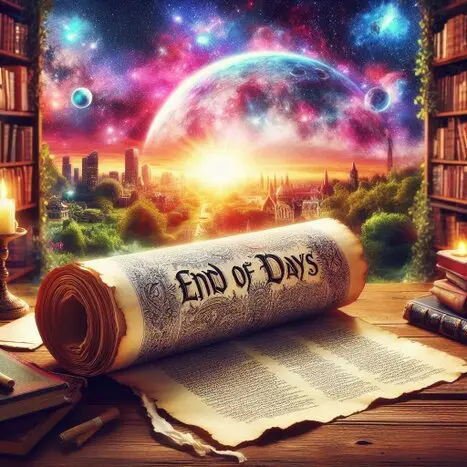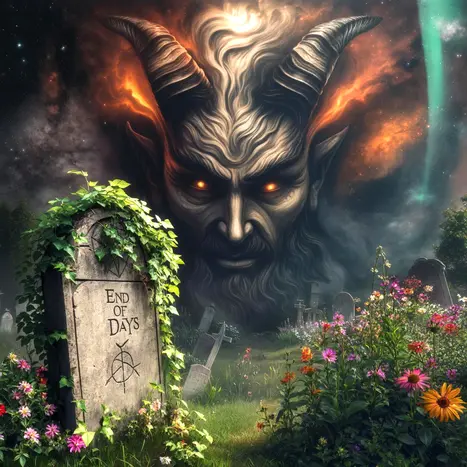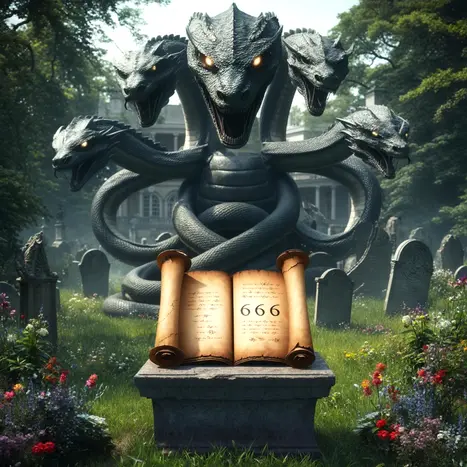
The idea of an impending "apocalypse" or "end-of-the-world" scenario is a common theme in the major religions. This belief often stems from deep-rooted fears, moral teachings, and eschatological narratives that provide followers a framework for understanding humanity’s ultimate fate. This article overviews how this belief manifests in various religions, highlighting similarities and differences and the implications of these beliefs for their adherents.

The Antichrist, as the Beast, plays a central role in end-time events. It seems likely that this figure will rule for 42 months, wage war against believers, and demand worship from all, leading many astray with its authority and deceptive recovery from a mortal wound.

The beast in the Book of Revelation is a symbolic figure that is described as a monstrous creature with seven heads, ten horns, and a body like a leopard. The seven heads of the beast are often interpreted as representing seven kingdoms or empires that have oppressed God's people throughout history. The ten horns represent ten kings or rulers who will arise in the end times to oppose God and His people. The beast is also associated with the Antichrist...

The Bible outlines a sequence of events for the end times, but interpretations vary, particularly regarding the timing of the Rapture and the Tribulation. It seems likely that the timeline begins with signs such as wars and famines, followed by the Rapture, where believers are taken to heaven...

Ernest Hemingway, one of the most celebrated authors of the 20th century, is often remembered for his literary contributions and the tragic circumstances surrounding his death. On July 2, 1961, Hemingway took his own life, leaving behind a legacy that continues to resonate with readers and writers alike. This post explores the various factors that contributed to his decision.

Islamic eschatology, the study of end times within the Islamic tradition, encompasses a rich tapestry of beliefs regarding the Last Days. Central to these beliefs is the concept of the Second Coming, particularly concerning the figure of Isa (Jesus).

